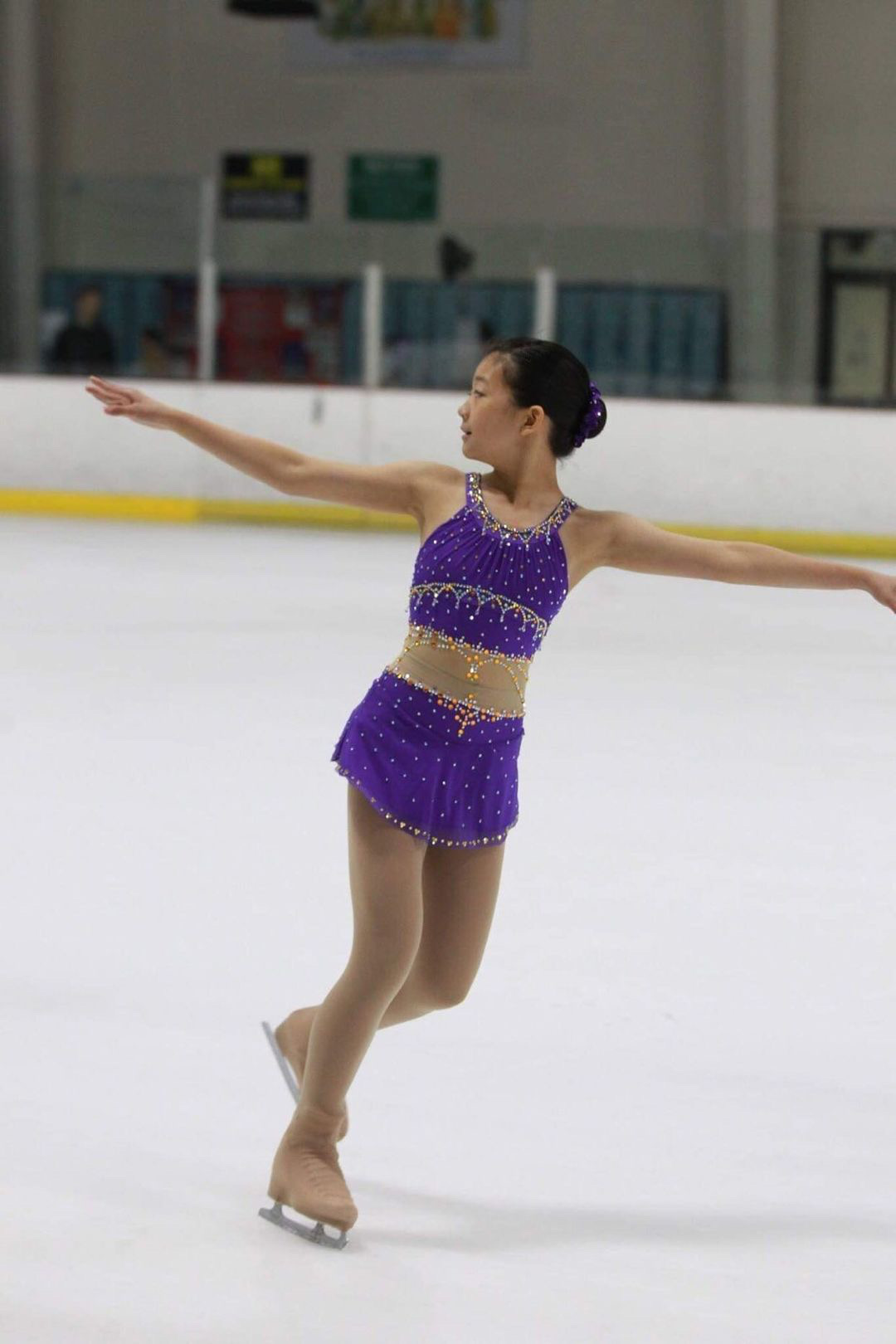Story by Kahlen Miao
Staff Writer
Illustration by David Sohn
Staff Illustrator
In a report published by the National Center for Catastrophic Sport Injury Research at the University of North Carolina at Chapel Hill, female cheerleaders ranked second in receiving catastrophic injuries from their sport. Yet, despite its difficulty and risk, cheerleading is widely perceived as trivial and mockable.
Cheerleading is a female dominated sport; about 97 percent of cheerleaders are women. Much like other sports, it requires hours of practice and dedication to perfect. Despite this, cheerleading is often boiled down by the public to the stereotypes of dumb girls in too-short skirts mindlessly waving pom poms.
This public mindset towards the sport is evidence of the fact cheerleaders are appreciated more for their sex appeal, rather than their athletic ability. This issue in cheerleading is representative of a larger issue in women’s sports: oversexualization.
Oversexualization is the excessive attribution of sex to a certain subject. The sexual objectification of women
contributes to harmful gender stereotypes and feeds into the belief that women are worth no more than their body. Oversexualization manifests in glaring problems and social subtleties: when women are dressed in revealing clothing for purposes other than aerobic ability; when women aren’t given proper recognition; when women are given roles tantamount to “male accessories.”
Mainstream sexualization has even breached the walls of schools. SPHS’ pep team is rarely taken seriously by the student body, despite their dedication and hard work. At assemblies, the team becomes subject to sexist appraisal and mockery. This lack of recognition extends farther to the structure of SPHS’ pep program itself. Pep is not recognized as its own independent sport and therefore isn’t able to officially compete with other teams. Cheerleading at SPHS has conformed to the stereotype: women overwhelmingly cheering on the boys’ sports — fueling the damaging “women serve men’’ attitude.
The oversexualization of female athletes is especially apparent through their revealing uniforms that have unfairly justified aerobic foundation. For example at SPHS, the girls volleyball team consists of tight tops and “booty shorts,” while the boys team is allowed to wear
baggy shirts and shorts. The girls’ tennis uniform also contrasts the boys’ with tank tops and uncomfortably- revealing short skirts rather than loose shirts and shorts.
These revealing clothes are rooted in gaining the male gaze and attention. It’s often about how men want to see women: in tight clothing with maximum bare skin. Cheerleaders were brought on to draw in viewers. Now it implies that people won’t watch women play sports unless they’re sexy. Women don’t get viewership on athletic ability alone they always have to compensate with appearance.
“Being able to play in what makes you comfortable and confident can really make a difference in the way you play,” junior golfer Maya Turun said.
However, if they prefer to do so, it is okay for women to dress in sexy and more revealing clothing when they play sports. Female athletes should not be limited to the type of clothes they choose to wear while exercising and should not have to fall under the pressure that they must dress a certain way to participate in a sport. Women shouldn’t have to feel pressure to be sexualized in order to receive recognition for their athletic ability.



